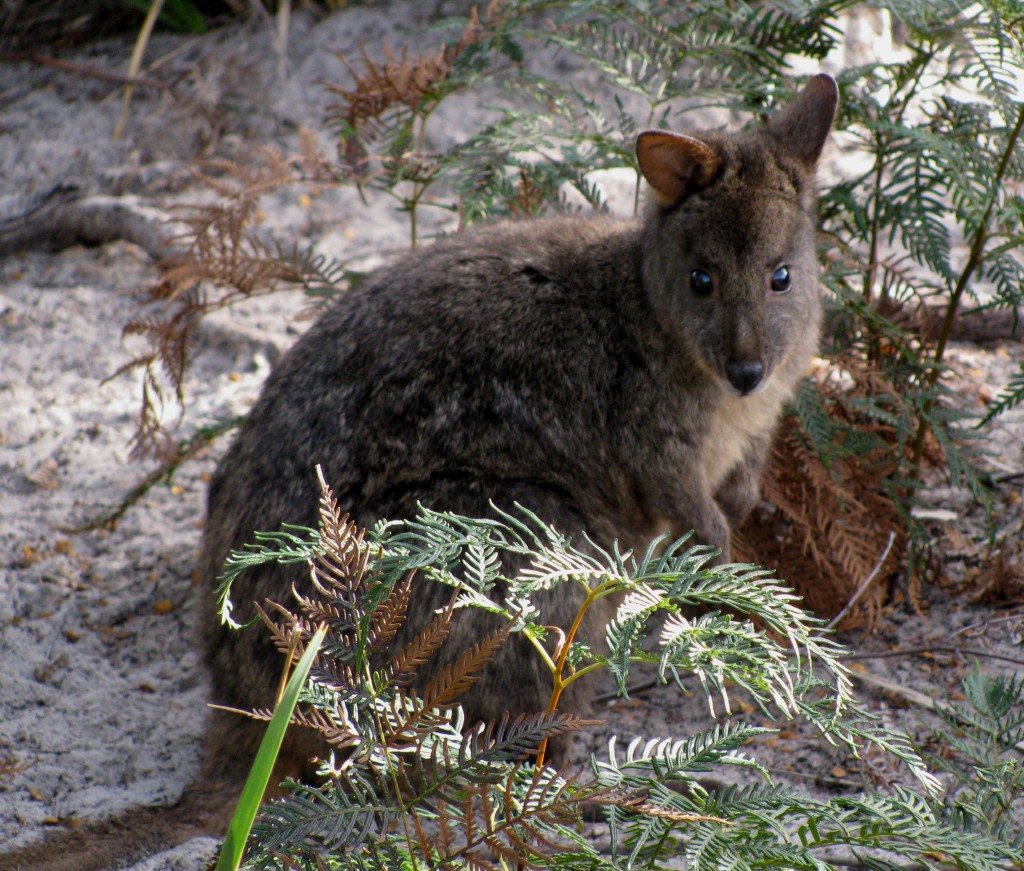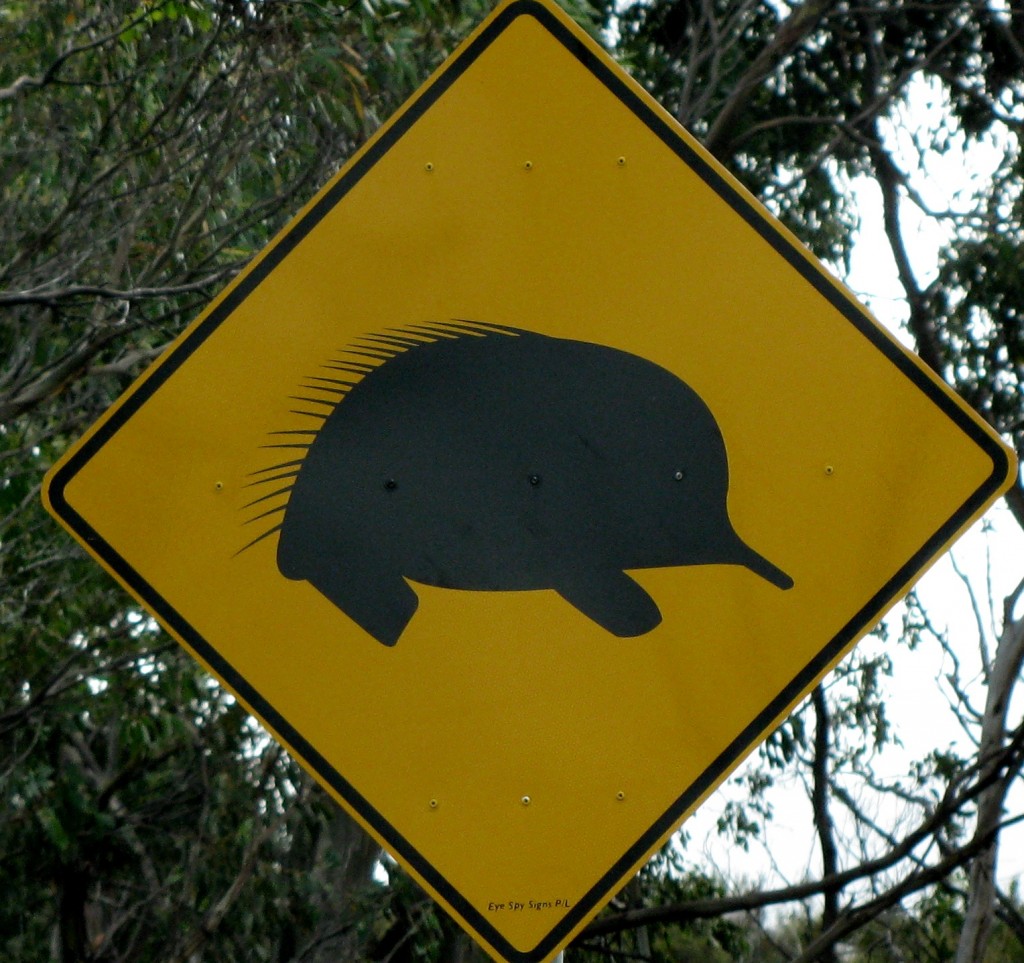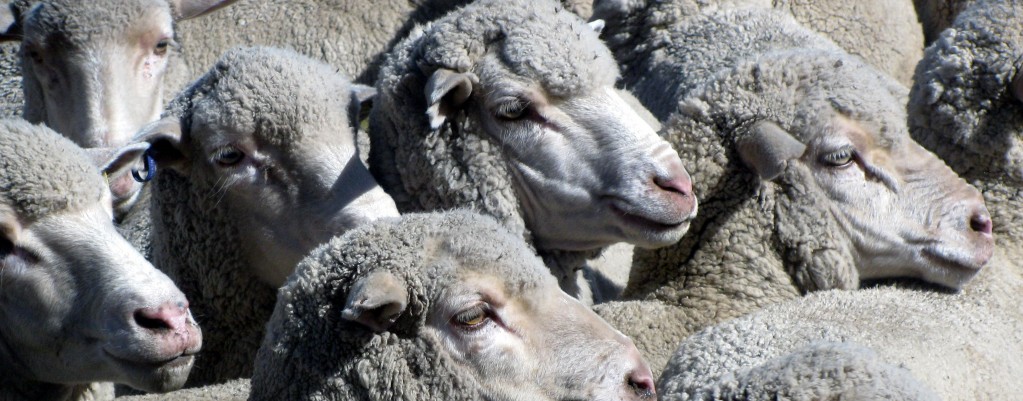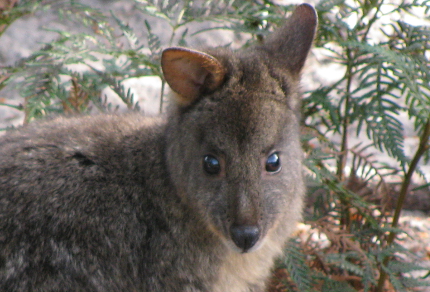The early sun was still gentle when I strolled into Bicentennial Park in pursuit of birds, recording all that I saw and heard. Many familiar acquaintances – flashy magpies and magpie-larks, hissing great bowerbirds, squawking rainbow lorikeets, skulking blue-faced honeyeaters, sleekly elegant rainbow bee-eaters, majestic red-tailed black-cockatoos, and more – foraged in trees and on the ground, sunned themselves on overhead wires or flew over the park and river. The morning granted me new knowledge, too, as I matched up the “kissick” song of the white-bellied cuckoo-shrike with its owner and spotted a new species – the dollarbird, with its smoky blue-green plumage, brown head, and red beak and legs.
On the weekend, while walking with Vilis, I commented how wonderful it is to know the songs and identities of so many of Townsville’s avian residents, this familiarity engendering a feeling of comfort and belonging. Yet, this morning, while I stood making notes, I was completely startled when a cyclist pedalled past me and greeted me with a cheerful, “Hi, Magi!” I recognized the cyclist as my neighbour, Linda, and returned her greeting, even as I absorbed the fact that it was the first time that anyone on the parkway other than Vilis had greeted me by name. Content to be caught up in the world of birds and butterflies, to be a member of the anonymous Ross River Knights, to simply be an observer, I was suddenly reminded that I, too, had an identity.
On my return to the house, I once again plunged into editing photographs from our Tasmania trip and writing more about our adventures in that small island state so rich in wildlife, particularly mammals. During the months leading up to our trip to Tasmania, Vilis and I had observed five species of mammals in the Townsville area: black flying foxes, common brushtail possums, and agile, whiptail, and allied rock wallabies. In only eight days in Tasmania, we observed six species of mammals – short-beaked echidna, red-necked wallabies, rufous-bellied pademelons, common brushtail possums, eastern quolls, common wombats – and heard Tasmanian devils snarling in the night, for a total of seven mammalian species.

Rufous-bellied Pademelon (© Vilis Nams)
With the exceptions of the echidna and flying foxes, all the mammals we’ve seen in the wild in Australia have belonged to the mammalian subclass Marsupialia, the pouched mammals.1 Marsupials come in various shapes and sizes, and include insectivores, carnivores, herbivores, frugivores, nectarivores, omnivores, and scavengers,2 but the one thing they all have in common is the fact that their young are born tiny and undeveloped.3 After birth, a newborn marsupial claws its way over its mother’s belly to her teats, where it latches onto a teat and continues its development.3 In many marsupial species, these newborns are protected within a pouch and may be described as ‘pouch-embryos;’ however, not all marsupials possess pouches.3 The marsupials that we’ve observed include four wallaby species and a pademelon, the common wombat, brushtail possum, and the eastern quolls and Tasmanian devils.

Echidna Crossing Warning (© Magi Nams)
The short-beaked echidna we saw at Fortescue Bay campground on our first day in Tasmania belongs to an entirely different subclass of mammals, the Prototheria, also called the monotremes.4 This mammalian group includes only three species worldwide: the short-beaked and long-beaked echidnas and the duck-billed platypus.5 The monotremes have two distinguishing characteristics that set them apart from all other mammals – they lay eggs rather than giving birth to live young, and the females don’t possess teats; rather, their milk flows from pores in their belly skin.6 The three species of monotremes are all carnivorous, with the Australian short-beaked echidna being an ant-eater7, and the platypuses feeding on aquatic invertebrates and small frogs and fish.8

Merino Sheep (© Vilis Nams)
The black flying foxes that wing over Townsville each dawn and dusk belong to the third subclass of mammals, the Eurtheria, which are often referred to as the placental mammals.9 This group of mammals gives birth to live young that are generally well-developed, like the offspring of zebras or sheep; however, many species such as mice, cats, and dogs, produce relatively helpless newborns.10 The number of placental mammals in the world is far greater than that of marsupials, and of course, of monotremes.10 In many parts of the Northern Hemisphere, placental mammals are the only kind of mammals present10, and throughout the world, they are an extremely diverse group of animals inhabiting marine, terrestrial, and freshwater ecosytems and employing numerous lifestyles. Some dig, some fly, some swim, some are the fastest animals on earth.10 Australian placental mammals include bats, rats, mice, dugongs and other marine mammals, plus the mammals introduced by humans.10
Australia as a whole is a very special place for mammal enthusiasts, for the Australian region is the only place in the world inhabited by all three of the major mammalian groups – those quirky monotremes, the intriguing marsupials, and the placental mammals that, with the exception of introduced species, on this continent seem to fade in significance in comparison with their presence in the rest of the world.
Today’s birds: Australian magpie, great bowerbird, rainibow lorikeets, magpie-larks, peaceful doves, masked lapwings, blue-faced honeyeaters, house sparrow, rock dove, anhinga, mynas, black kite, rainbow bee-eater, pheasant coucal, red-tailed black-cockatoo, white-bellied cuckoo-shrike, sulphur-crested cockatoo, Australian white ibis, *dollarbirds, nutmeg mannikins, white-breasted woodswallows, yellow-throated miner. (*denotes lifelist sighting)
References:
1. Ronald Strahan. Subclass Marsupialia, Marsupials. pp. 45-46 In: Ronald Strahan, editor. The Mammals of Australia. 1995. Reed New Holland, Sydney; 2. Ibid, p. 48; 3. Ibid, p. 46; 4. Ibid, p. 31; 5. Ibid, p. 34; 6. Ibid, p. 33-34; 7. Ibid. p. 39.
8. F.N. Carrick. Platypus. p. 37 In: Ronald Strahan, editor. The Mammals of Australia. 1995. Reed New Holland, Sydney.
9. Strahan, pp. 413; 10. Ibid, pp. 414.


